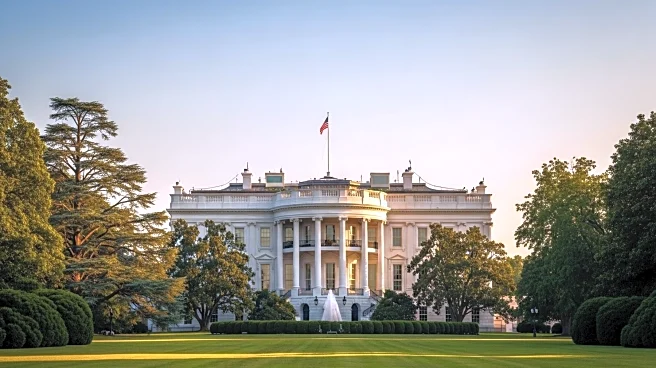What's Happening?
The Supreme Court has permitted President Trump to dismiss Rebecca Slaughter, the sole remaining Democrat on the Federal Trade Commission (FTC). This decision marks a significant step in Trump's ongoing efforts to exert greater control over federal agencies. The ruling overturned a lower court injunction that had reinstated Slaughter, allowing her removal while litigation continues. The Supreme Court's decision is provisional, as it plans to hear arguments on potentially overturning a 90-year-old precedent that restricts presidential power to dismiss members of independent agencies without cause. This precedent, known as Humphrey's Executor, was established in 1935 when the court ruled against President Franklin D. Roosevelt's attempt to dismiss an FTC member for opposing New Deal policies.
Why It's Important?
The Supreme Court's decision could have far-reaching implications for the structure and independence of federal agencies. By allowing the president to dismiss agency members without cause, the ruling may shift the balance of power, increasing executive control over regulatory bodies. This change could impact how antitrust and consumer protection issues are managed, potentially altering the landscape of federal oversight. Stakeholders such as businesses, consumers, and political entities may experience shifts in regulatory practices, depending on the administration's priorities. The decision also raises questions about the future of nonpartisan agency operations and their ability to function independently of political influence.
What's Next?
The Supreme Court is set to hear arguments on whether to overturn the Humphrey's Executor precedent, which could redefine the limits of presidential power over independent agencies. Additionally, another case involving President Trump's attempt to dismiss Federal Reserve governor Lisa Cook is expected to reach the high court. These developments may lead to further legal challenges and debates over the separation of powers and the role of independent agencies in the federal government. The outcomes of these cases could influence future administrations' ability to reshape federal oversight according to their agendas.











